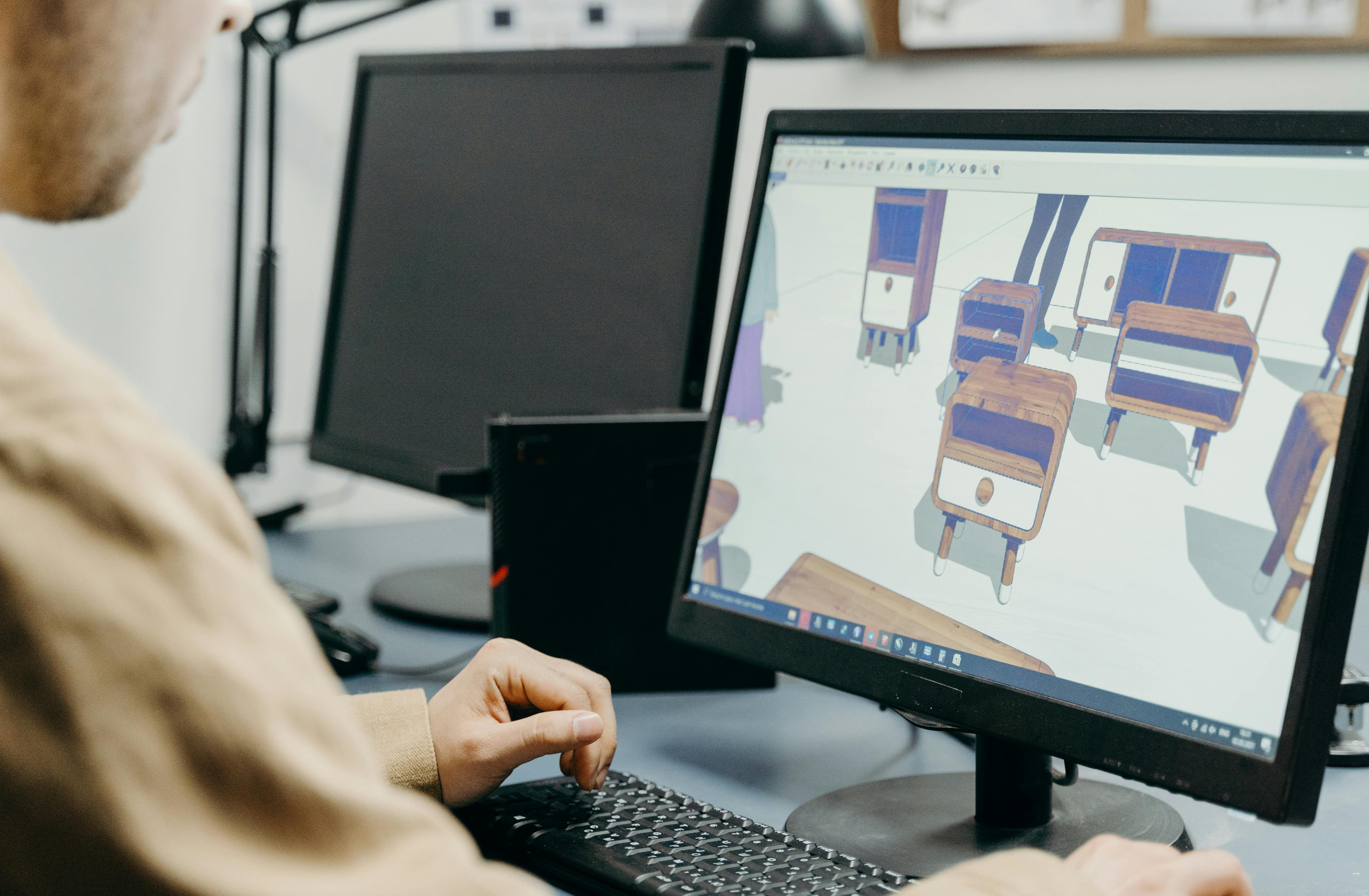
Why should you choose BIM in Azure Virtual Desktop (AVD) as an online graphic workstation right now? This is primarily due to several factors coming together. Consider the availability of fast AVD, and the maturity and security of Azure. The pay-per-use (OpEx) model makes deploying these online workstations attractive for any organization.
Interstellar has been providing organizations with online graphic workstations since 2016. The pay-per-use workstations we offer are intended for both project-based use and permanent BIM workstations. Especially the Azure Virtual Desktop has become an absolute ‘game changer’ in recent years. Why? Because these workstations can now perform well in the public cloud. Also, the ‘SaaS-ification’ of BIM applications makes BIM in AVD the most logical solution in many situations.
How do you make the BIM in AVD story clear to every organization? Interstellar, along with Microsoft and NVIDIA, started exploring this question. The idea of organizing a joint event where both the technical and practical story behind BIM in Azure Virtual Desktop would be told quickly emerged. We did this for over 100 attendees; during that time, the technology was discussed, and construction company Waal shared its practical experiences with organizations ready for the next step.
During this event, it became clear that now is the time to choose pay-per-use online workstations. Especially now that it’s possible to house special workloads (BIM applications) in Azure. The knowledge of the tools to build and manage these online work environments is now available, and many customers are working with them.
Of course, the most frequently asked question is: ‘What does it cost?’ Then you can expect the following counter-question: ‘What does your current solution cost?’ If you have that well in view, the business case can be made. In the cost overview presented by Waal, not only the one-time costs for purchasing hardware, UPS, switching, and storage are included, but also the costs for training, support, and licensing fees.
Experience shows that the management hours for monitoring, patching, and configurations of such a work environment are often forgotten. If these costs are not included in the business case, there is a significant difference in the costs you think you will incur when choosing online workstations compared to the current situation. However, the labor costs of the person responsible for managing the work environment should indeed be included in the case.
If you do include the labor costs, it turns out that the total costs for the cloud solution are about 8% higher than the on-premises environment that Waal previously had. Although the cloud solution is more expensive in this case, Waal finds that the benefits this solution brings outweigh the extra costs.
One-on-one conversations with our customers reveal that many organizations are considering whether to replace their current environment or take the step to the cloud now. Often, these are on-premises or co-location solutions. Experiences with a legacy environment are not always positive: it is a hassle to keep the environment up-to-date and well-protected against vulnerabilities. This often compromises the user experience.
How do you remain agile and resilient as an organization in a time when the labor market is tight, and there has been a shortage of good IT professionals for a long time? Maintaining your own IT environment and keeping the organization running continuously already presents quite a few challenges. The motivation to work in the cloud should not solely revolve around less management and less complexity. Also, think critically about the dependency on your IT infrastructure. How quickly can you be up and running after a failure? Is there a Disaster Recovery Plan in place? Can you easily scale workstations up and down? Given the economic situation, this last question particularly draws the attention of the construction industry.
Does the advent of online workstations mean the end of on-premises work environments? Certainly not! Many expected a few years ago that hardware sales would significantly decrease, but this did not happen. Even now, with significant challenges in hardware deliveries due to the current global situation, it is not assumed that this will end on-premises environments.
There have been situations where a temporary online solution could serve as a bridge to cope with the hardware delivery period. Additionally, a well-considered advice on the CapEx/OpEx choice is always given. This includes hybrid financial models where both hardware is purchased, and payment is made per online workstation. A so-called private cloud has many advantages for an organization. Especially if you can rely on an expert Managed Service Provider who can take care of management and maintenance.
Many organizations still consider the public cloud unsafe. This is often due to a lack of knowledge about security. Therefore, it’s good to know that Microsoft also offers high-quality security for the public cloud.
First, a clarification: a SaaS solution runs in a browser and is offered by the provider as a service in a pay-per-use model. It is therefore not a full virtual desktop. To offer a traditional client-server solution in a browser, Independent Software Vendors need to do a lot of work. Often, the application needs to be completely rebuilt. This results in vendors sometimes offering a virtualized desktop application and marketing it as a cloud solution.
So, what about the SaaS-ification of the BIM application landscape? To answer this question, a clear distinction must be made between design applications and applications for managing, viewing, and sharing BIM data. Major vendors like Autodesk and Trimble are increasingly offering functionality in the cloud. However, the design application is often still connected to the cloud solution via a plug-in. You are often confronted with additional costs for a service, whereas it was previously just a function in the application.
Solutions like BIMlink and Dalux are independent of a design solution and can therefore be fully offered in the cloud. An added advantage: they integrate easily with multiple applications.
Conclusion: the SaaS-ification of design applications is not really moving yet. Autodesk Formit, Tinkercad, and Trimble SketchUp for Web offer solutions to create a basic design, but with limited functionality. These are often positioned for (basic) education and almost as children’s toys. Sometimes they are even offered for free.
You are soon led back to the desktop application with messages like ‘when you are ready to design like a professional, click here,’ followed by a download button and, of course, an invoice.
The market for an online BIM work environment where design applications and SaaS solutions come together is in full swing. The opportunities to increase the agility and resilience of organizations in construction, architecture, and installation are enormous, especially in the current economic climate. If you want to know more about this, contact us!

